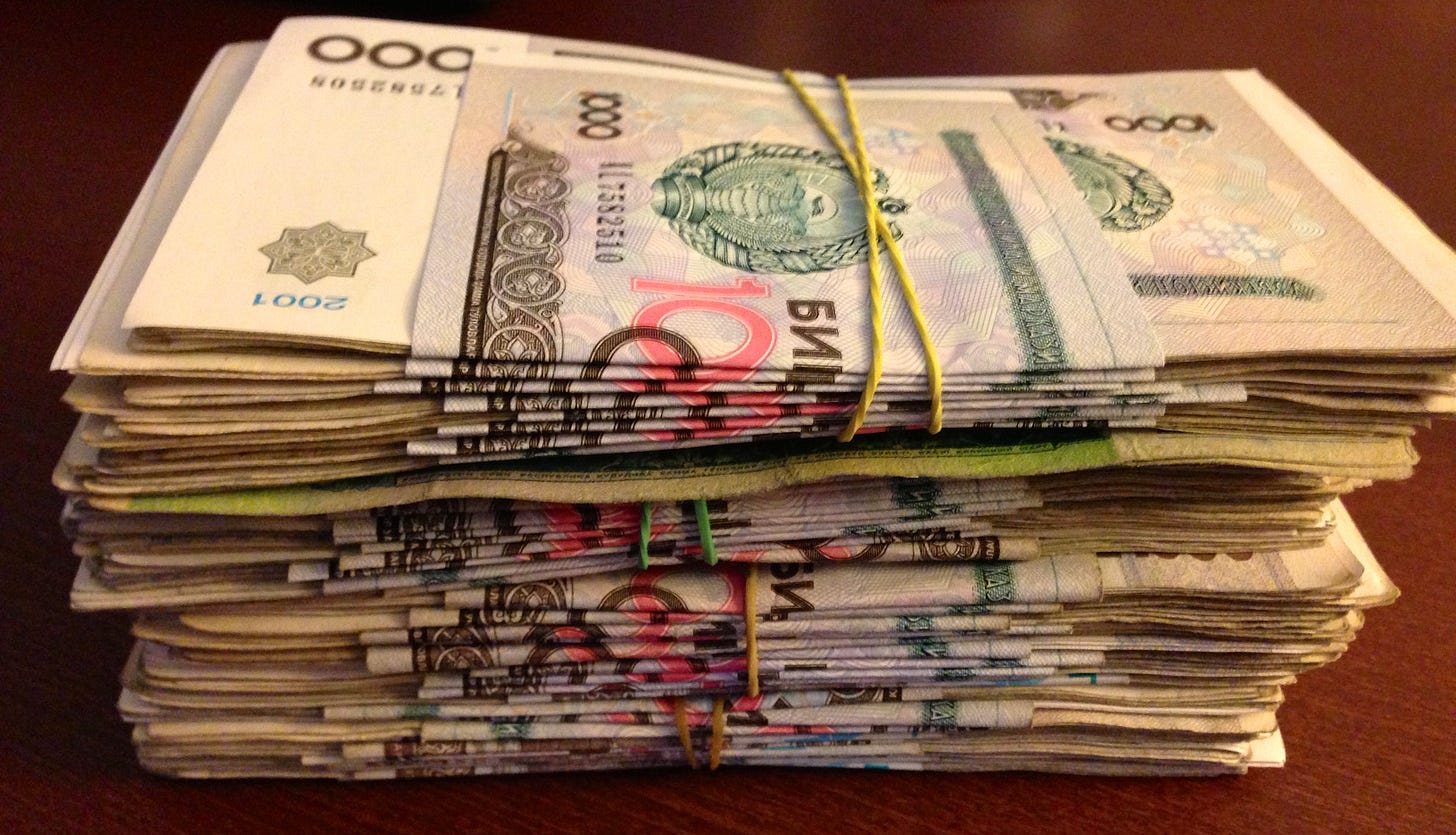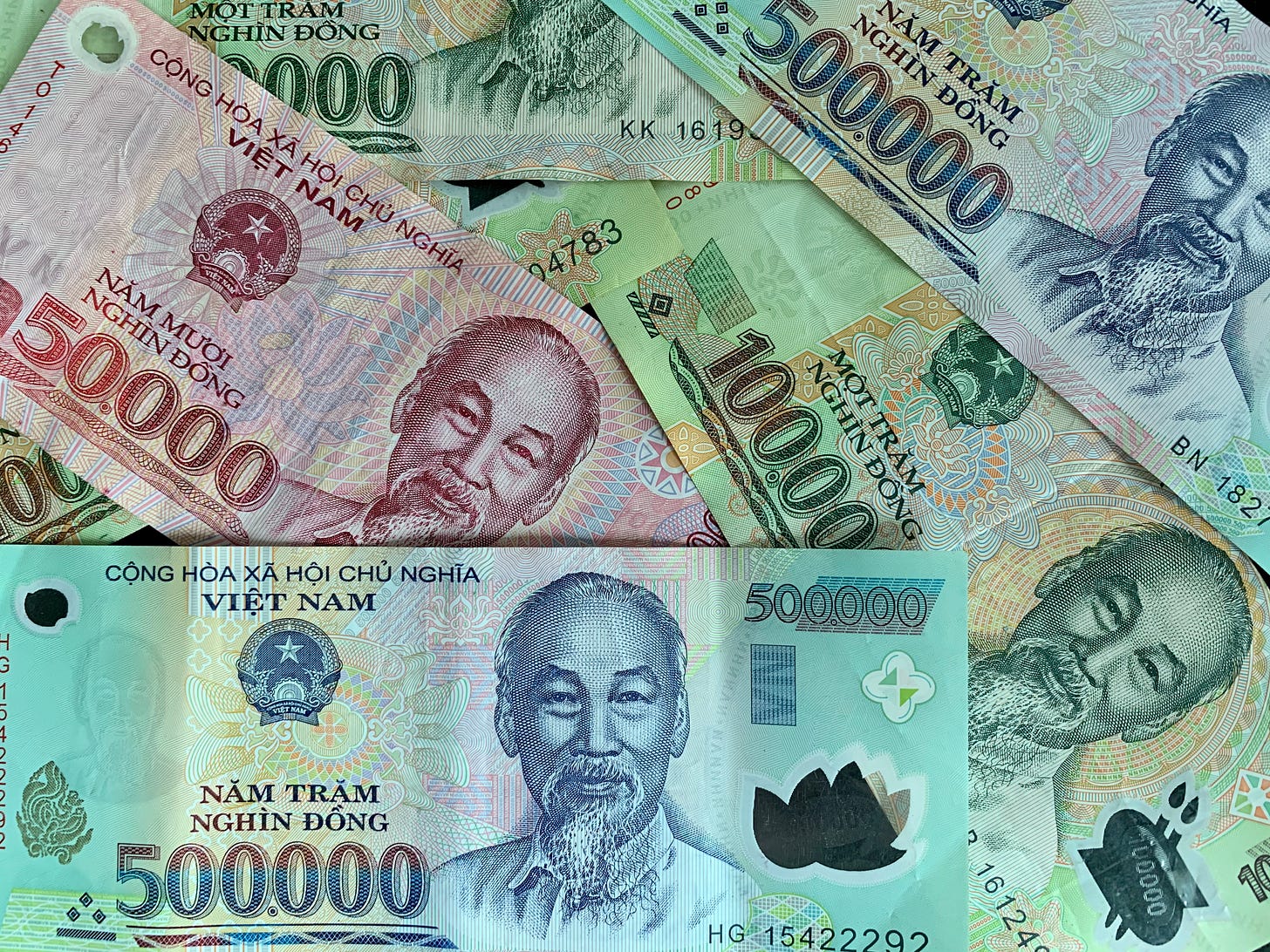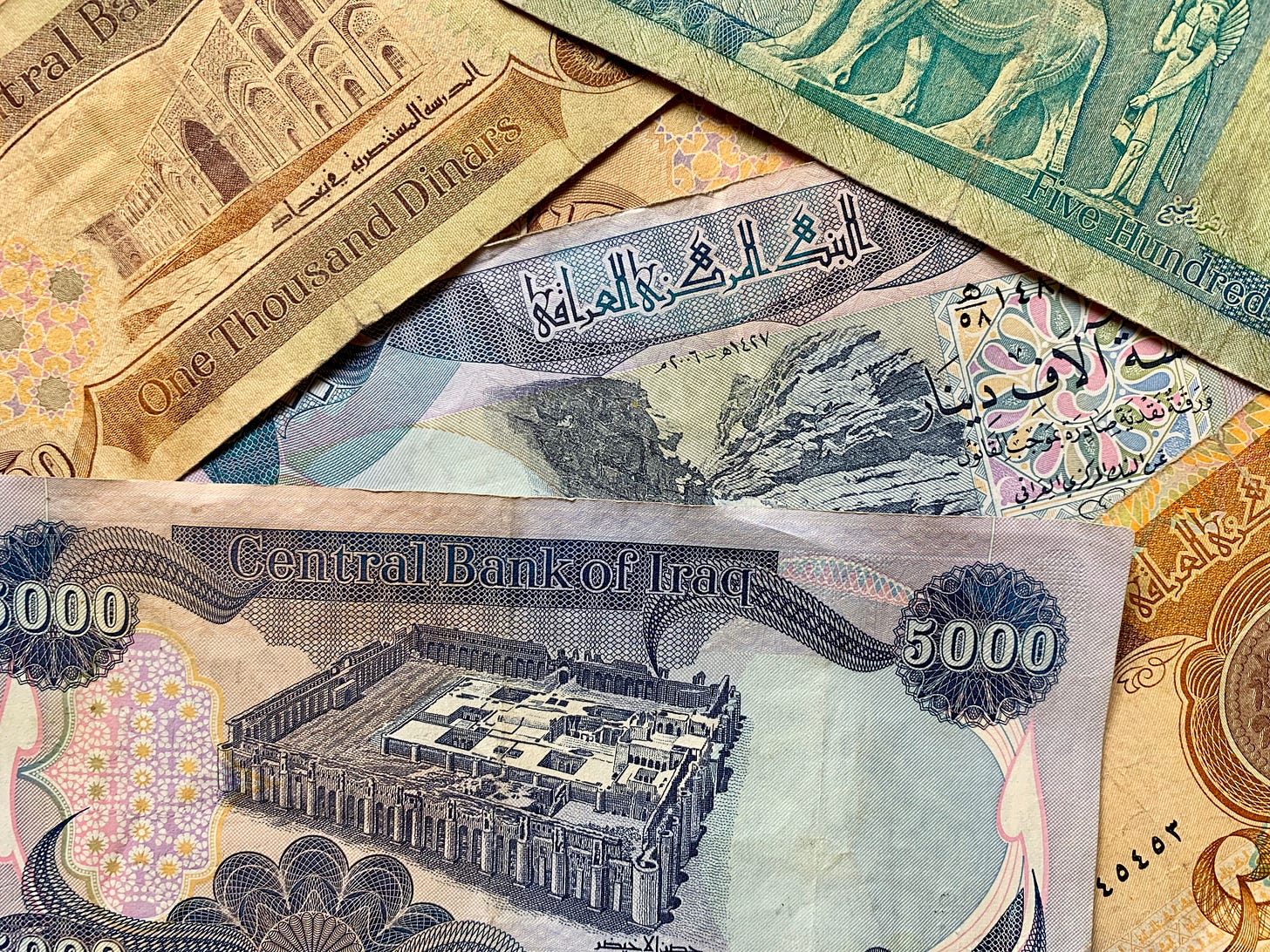Five Financial Tips to Allow More Travel
Just yesterday I was talking to some travelers I’d just met and perhaps the most frequent question I get about travel came up yet again: how can you afford to travel so much?! In the past, between generous leave policies at work and holidays I was fortunate to be able to enjoy around two months of travel per year, often split into one-to-two-week blocks.
As I look forward to turning this into more-or-less full time the same tips I’ve used to travel “a lot” will continue to apply going forward. Unless you’re incredibly well-off or have done an incredibly good job of saving for retirement there’s no getting around the fact that traveling can be expensive. There’s no magic answer (short of winning the lottery) that changes this…but these five simple tips will help you go a long way towards achieving your goal of traveling more.
Frequent Flier miles can go a long way towards reducing costs
The miles and loyal world has come a long way since 1979 when Texas International introduced the first loyalty program in the industry. These days, an entire online industry has sprung up that promises to teach you how to earn miles and get free travel.
Often, these sites also promote the ease of flying first and business class in a way that makes it seem like with a couple of easy clicks you’ll be jetting off to Paris in first class tomorrow. It’s not that easy, but with a little bit of work and planning it can be an achievable goal. I’ll go into this more in the future for those interested but there are a few key points to keep in mind.
There are three major airline alliances in the world (Star Alliance, SkyTeam, and OneWorld) each with more than ten airlines participating. The goal should be to choose the one program in each alliance that works best for your needs and accumulate all of your miles/travel in that alliance to one program. This will prevent you from having balances scattered in dozens of programs that individually will get you nothing…but if you add them all up in one place can deliver incredible value.
The second big tip is to treat your miles like cash. I can’t begin to count the number of times I’ve heard “I got it with mies, so it was free” when people have cashed in huge sums of miles for a ticket. Like any asset you hold - stocks, gold, art, etc. miles have a value and should be treated like it! You wouldn’t trade your Van Gogh painting for a free ticket, so you should never cash in a million miles for one either! As a very rough rule miles are worth between one and two cents each so you can use this to gauge if a reward is good value. 100,000 miles for business class to Europe? That’s $1,000 to $2,000 of miles…a great value compared to cash.
Hotel points and loyalty will pay huge dividends
Just like frequent flier miles, hotel loyalty points have value. In general, they’re worth a bit less than airline miles - often 0.5 cents to 1.0 cents depending on the program - but again don’t get swindled into overpaying because “points are free.” Don’t shortchange yourself on the value of your assets!
Unlike airlines, hotels don’t have alliances…but what they do have instead are families and brands. Some of the largest are Marriott’s Bonvoy program which has over 20 hotel brands in its portfolio, Hilton’s Hhonors program which also has over 20 brands, and IHG’s One rewards which also has more than a dozen brands. Hyatt, Radisson, and Accor are some of the other large programs. You should always open accounts in as many programs as needed to make sure you never miss out on points.
However, it’s best to find the program that best fits your travel needs are focus on that program whenever practical. The more you stay with a given brand the more credit you’ll earn towards elite status which comes with perks like earning more points per dollar spent, free breakfast, and room upgrades on top of the fact that keeping your points concentrated in as few programs as possible makes them add up to rewards more quickly.
Never leave rebates and rewards on the table
It used to be that rewards were just the domain of airlines and hotels, but these days it seems like every industry is rolling out a rewards program. Starbucks has one. McDonald’s has one, Target has one…and even my bank has one now!
The point is simple: if a business is going to let you accumulate some sort of discount or benefits from visiting frequently you should always take advantage of it! Although many of these programs (just like with airlines and hotels) aren’t quite as generous as they once were that’s no reason to say they’re too much work to bother with.
As an example, Starbucks’ program in the US still delivers over 10% in value, meaning that for every dollar you spend there you’ll eventually get future rewards worth at least 10% of that. For every $100 spent that’s $10 in free future “stuff” and if your coffee habit is anything like mine that adds up to serious money over the course of a year!
One tip: managing all of this can be a lot of work, and you’re likely to forget all the places you have rewards piling up. Do yourself a favor and get a password vault like LastPass or use a spreadsheet/Google sheet to track things. It takes a few seconds here and there and makes it easier not to forget where you might have expiring rewards that need to be used or lost.

Foreign currency isn’t free
Foreign currency can be confusing, especially for the inexperienced traveler or for people who just hate math, and there’s a whole predatory world out there waiting to take advantage of your confusion and take a huge commission on what you’re paying. I’ll give three short examples and do a deep dive on these in future posts for subscribers.
Firstly, never use an airport exchange desk or foreign currency shop on the street to change money. They almost always will charge a flat fee commission (usually $10 and up) and they will make money on the “spread.” For example, they may offer to take your dollars and give you Euros for $1.20 per Euro….but if you want to sell those same Euros back to them they’ll only give you $1 for them. This is an additional 10% premium on everything you change which ultimately means you’re paying 10% more that you shouldn’t be paying!
Second, beware of “dynamic currency conversion.” This is a relatively new scam the last few years where when you travel to another country the credit card machine will say something like “pay in Euros or Dollars” (assuming your credit card is issued in the U.S.) The temptation is to think “wow, what a deal! They’re doing the conversion for me so I won’t get scammed. What a nice bank!” Well, that’s only nice if they’re really giving you a good exchange rate…which they almost never are. I’ve seen these rates be marked up anywhere from 5-15% meaning that again the bank is making a profit off your innocence. There’s never a reason to accept this offer…and if your credit card is charging you 5-15% it’s time to get a new credit card!
Go where other travelers aren’t
There’s lots of examples of this, but the easiest way to think of it is in the basic economic law of supply and demand. The more people that want to go to a place the more expensive it’s going to be.
Of course you probably want to go to Paris and Venice some day, but try and do it in the off-season when they’re not filled with tourists. Prices will be lower, places will be less crowded resulting in a better experience, and often it will be easier to meet locals and have authentic experiences since in many places they try and flee town when the tourists come en masse.
Another side to this coin: there’s no need to stay right in the center of a city. Sure, you’ll spend a little extra time getting to that museum or site that you want to see but the tradeoff is lower prices, more “local” neighborhoods, and the ability to discover what really makes a destination unique instead of restaurants geared towards (and priced for) tourists.
One final point on this: challenge yourself to think outside the box. “Must see” sites are nice and all, and I think we all want to see the Mona Lisa, Taj Mahal, and the Sydney Opera House…but maybe spend a couple days there and then move on to a nearby smaller city. You’ll often have a better cultural experience and discover what makes a place truly unique and rewarding beyond just one iconic site.
In summary, smart planning and travel can easily save you 20-50% on the cost of a trip when you keep these simple tips in mind. My goal will be to deep dive on all of these for subscribers in future weekly posts and show you detailed plans for each of these that will easily help you derive much more value from your travel all while doing it for a fraction of the cost!



